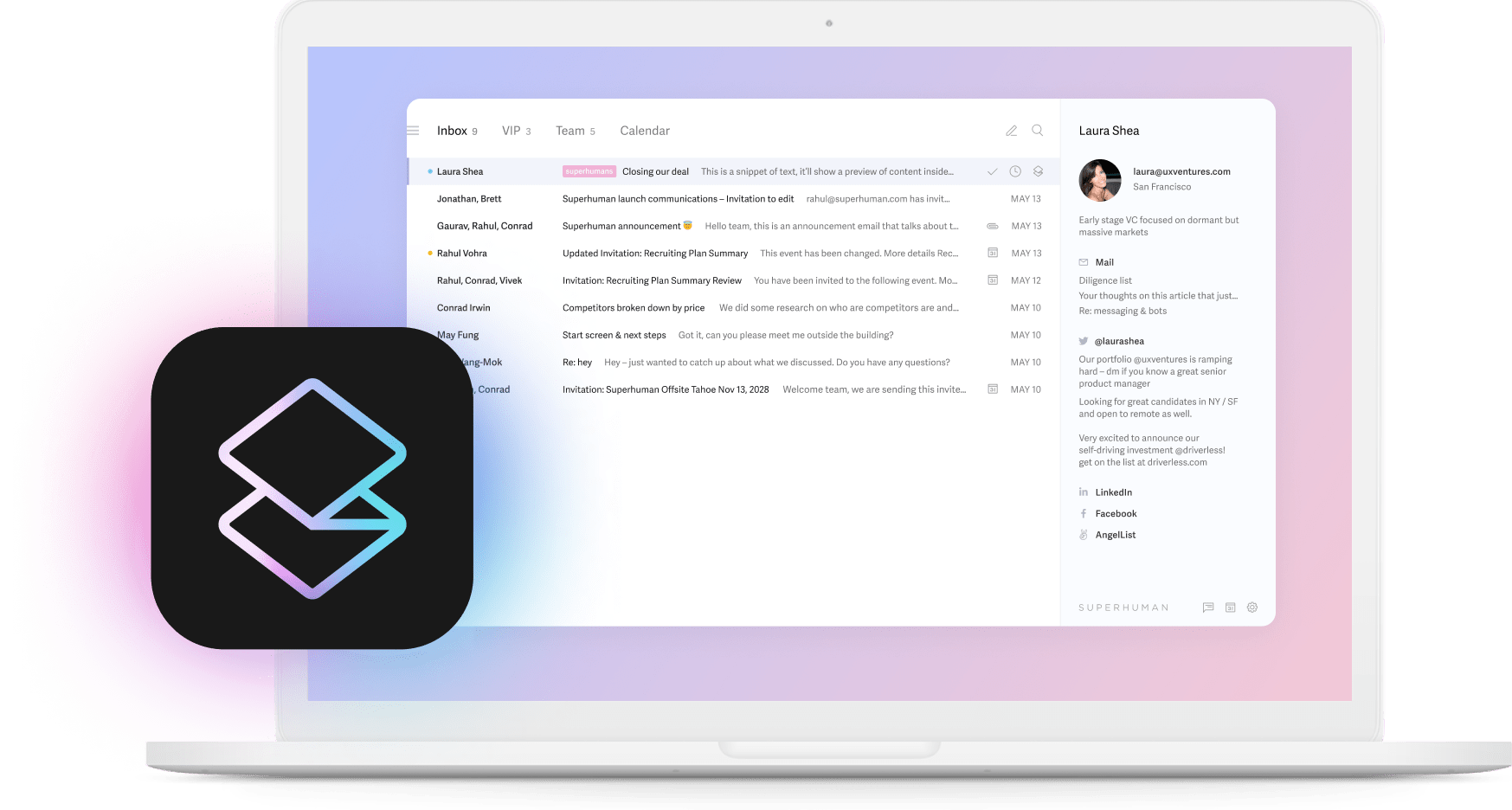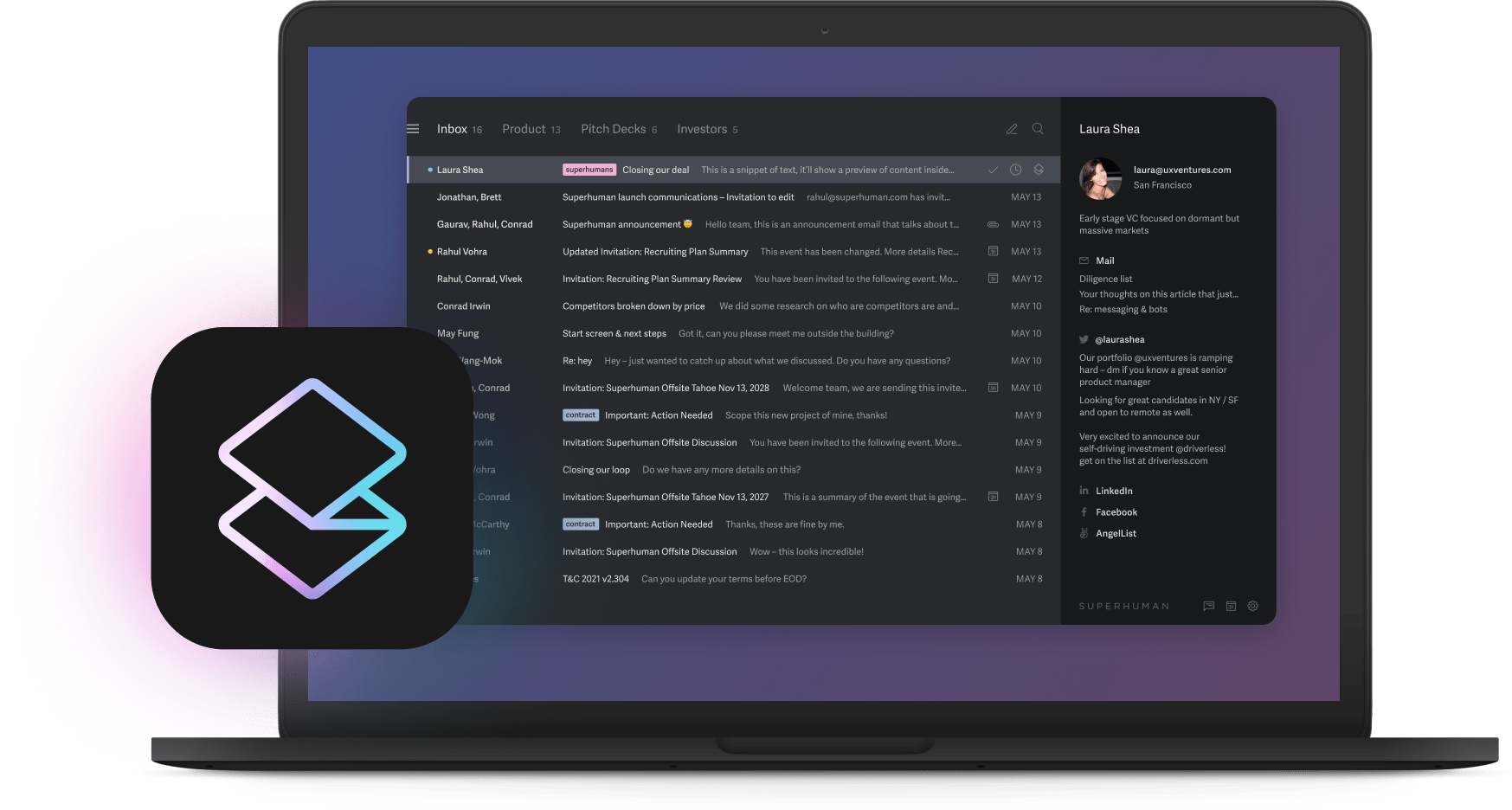
Teams in tech, professional services, and finance face information overload, missed opportunities, and collaboration bottlenecks that slow decision-making. Traditional tools struggle to keep pace with these demands, often creating more problems than they solve.
This is where adaptive AI systems make all the difference. These technologies learn from how you work and get better over time. They adjust to changing situations just like a good teammate would. The adaptive AI market will reach $9.42 billion by 2029, growing at a remarkable 43.5% annually because companies see how much these systems help their teams work better together.
Let's explore how adaptive AI is changing the way teams work in high-growth environments, helping people focus on what they do best instead of drowning in digital busywork.
The evolution from static to adaptive AI systems
Remember those old GPS devices that couldn't reroute when you missed a turn? That's how traditional AI works. It follows fixed rules and gets stuck when anything unexpected happens.
Adaptive AI is completely different. Instead of blindly following instructions, these systems create adaptive workflows that improve with use. They watch how your team works, spot patterns, and get smarter about what matters to you specifically.
When your inbox is overflowing, adaptive AI becomes your digital lifeline. It sorts messages based on what's actually important to you and your team, not just generic rules. The system learns which clients need quick responses and which projects are highest priority right now.
The best part? This all happens automatically in the background. When you consistently jump on messages from your biggest client, the system notices and makes sure you never miss their emails in the future. Meanwhile, it filters out the noise so you can focus on what really moves the needle.
This intelligence goes beyond simple filtering. Adaptive systems understand the connections between people, projects, and outside contacts. They build a map of your professional world that helps them make smart decisions about where your attention should go without you having to program every little preference.
How adaptive AI systems transform team workflows
What makes adaptive AI so powerful is how it learns from everything you do. Each time you use it, the system gets a little smarter about your needs. Unlike regular tools that stay the same no matter how long you use them, adaptive AI actually improves with time.
For busy teams at fast-growing companies, this creates several huge advantages. Improved accuracy, personalization, scalability, real-time decision making, and reduced maintenance costs become possible when systems learn continuously from new data.
In practice, this transforms daily workflows in several key ways:
- Automated organization: Adaptive AI prioritizes important communications while filtering distractions. These systems ensure critical items aren't missed and can execute complete workflows end-to-end without human intervention.
- Enhanced collaboration: By summarizing long email threads into actionable highlights, adaptive systems extract key points, identify areas of consensus and disagreement, and surface information that might otherwise remain buried in lengthy conversations.
- Institutional knowledge building: These systems learn from every team interaction, providing new team members with contextual background on previous decisions, relevant communications history, and established patterns without requiring extensive onboarding from busy colleagues.
- Team performance insights: Adaptive AI analyzes communication patterns across organizations to identify bottlenecks, highlight successful collaboration models, and provide insights that help leaders optimize team structure and workflows.
Think about the last time you joined a new project midway through. You probably spent hours reading old emails and documents trying to figure out what was going on. With adaptive AI, the system could quickly show you the key decisions, outstanding questions, and important context so you could contribute right away.
Key capabilities to look for in adaptive AI tools
Let's talk about what actually makes adaptive AI worth using. Research shows companies using these systems will outperform their competitors by 25% in just a year because they can adapt faster when business conditions change.
Try SuperhumanIntelligent prioritization that adapts to team needs
You know how annoying it is when your email sorts "important" messages by some generic rule that has nothing to do with your actual priorities? Good adaptive AI fixes that problem. It watches what your team actually cares about and sorts information accordingly. The magic happens when the system starts figuring out your specific patterns without you having to constantly adjust settings. Your marketing team might care most about customer feedback while your product team prioritizes bug reports, and the AI learns these differences naturally.
Communication assistance that preserves authentic voice
Nobody wants to sound like a robot in their emails. The best adaptive systems learn how you and your teammates write, then use that knowledge when they help draft responses or summarize information. This means you can cut down on typing time without losing your personal touch in communications. Your messages still sound like you wrote them because, in a way, the system learned from your writing.
Autonomous follow-up systems
We've all had that moment of panic when we realize we forgot to follow up on an important email from last week. Adaptive AI systems prevent these situations by tracking communication threads and either sending follow-ups automatically or nudging you when something needs attention. This seemingly simple capability can save relationships and keep projects moving forward when everyone gets busy with other tasks.
Collaborative features that accelerate decision-making
Getting everyone on the same page usually involves a lot of meetings and message chains. Good adaptive AI speeds this up by pulling relevant information forward at the right moment. When five people are discussing a project, the system makes sure everyone sees the key data points and previous decisions, creating shared understanding without repetitive explanations. This shared knowledge grows naturally as your team works, making it much easier to bring new people into projects.
Learning capability that improves without manual training
The last thing you need is another tool that requires maintenance. Great adaptive AI improves just by watching how your team works. It connects patterns across emails, documents, and conversations without anyone having to spend hours training it. Your entire organization benefits from a system that gets smarter about your specific workflows and priorities without creating extra work for already busy people.
Real-world impact of adaptive AI on team performance
So what actually happens when teams start using adaptive AI? The results speak for themselves.
Product teams finish development cycles faster because their communication gets organized automatically. Instead of wasting time sorting through endless update threads, everyone sees exactly what they need to work on right now. The data backs this up - top performers save 14% more time weekly using AI and they use adaptive features 28% more often than everyone else.
Client services teams become dramatically more responsive. Imagine your relationship managers handling more clients without dropping any balls. Adaptive AI makes this possible by prioritizing client messages, suggesting good responses, and making sure follow-ups happen on time. Many teams find they can manage significantly more client relationships without adding headcount.
Financial teams process market information faster, which matters tremendously in volatile markets. Adaptive systems help spot relevant data points quickly, respond to market shifts faster, and maintain good decision quality even when things get chaotic.
The most surprising benefit? Reduced stress. Teams using adaptive AI report feeling more focused and less overwhelmed because they're not constantly deciding what deserves their attention. The system handles that cognitive burden, freeing their brains for more valuable work.
As these systems mature, we're seeing them enable continuous personalization and real-time decision-making across entire organizations. Companies gain the ability to move quickly and precisely in increasingly complex environments simply because their teams have better information and less busywork.
Implementing adaptive AI in your team's workflow
Adding adaptive AI to your team isn't complicated, but it does take some planning. Here's what works:
Start with clear productivity pain points
Pick specific problems you want to solve. Maybe your team drowns in email, wastes time scheduling meetings, or loses information in communication silos. Targeting these concrete problems helps everyone see immediate benefits and builds momentum for wider adoption. Nothing sells a new tool better than solving a daily frustration.
Select tools that integrate with existing workflows
The best adaptive AI fits into how your team already works. Look for tools that connect easily with your current systems. This minimizes disruption while giving the AI access to existing data so it can start learning your patterns immediately. Your team shouldn't have to change how they work just to accommodate new technology.
Balance automation with human judgment
Be clear about what the AI should handle independently and what needs human review. Letting adaptive systems handle routine tasks makes sense, but critical communications and decisions usually need a human touch. The goal is augmenting your team's capabilities, not replacing their expertise and judgment.
Address privacy concerns upfront
People naturally worry about AI systems analyzing their communications. Be transparent about data usage, information access, and security measures. Most modern solutions offer granular privacy controls that protect sensitive information while still allowing the system to learn helpful patterns. Addressing these concerns early prevents resistance later.
Measure what matters
Track concrete metrics before and after implementation. Beyond time savings, look at response speed, decision quality, team alignment, and customer satisfaction. These measurements show your real return on investment and highlight areas where you might need adjustments. Good data turns "I think this is helping" into "This is definitely helping, and here's exactly how much."
The truth about productivity in 2025
Most productivity tools just sit there. You use them the same way on day 500 as you did on day 1. But your team changes. Your priorities shift. Your business evolves.
Adaptive AI systems change everything because they evolve with you. They watch how your team actually works, not how some software engineer in Silicon Valley thought you should work. They learn which clients matter most to you specifically. They notice which projects need immediate attention and which can wait.
This creates a genuine competitive advantage. While other teams waste hours manually sorting through communication, your team focuses on work that actually moves the business forward. While competitors miss opportunities buried in overflowing inboxes, your team catches everything that matters.
The companies that thrive in complex, fast-moving markets won't just have talented people. They'll pair those talented people with systems smart enough to adapt to their specific needs. The question isn't whether your team will eventually use adaptive AI. The question is whether you'll start soon enough to stay ahead of the curve.





